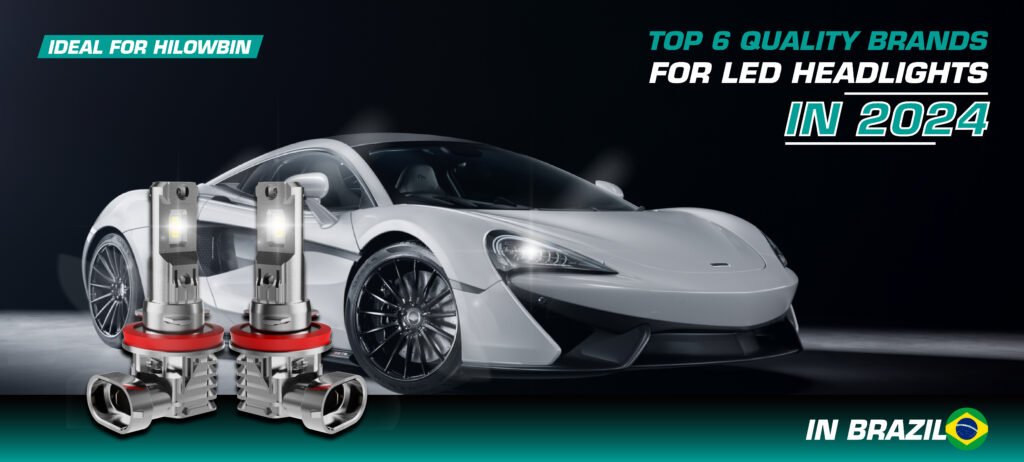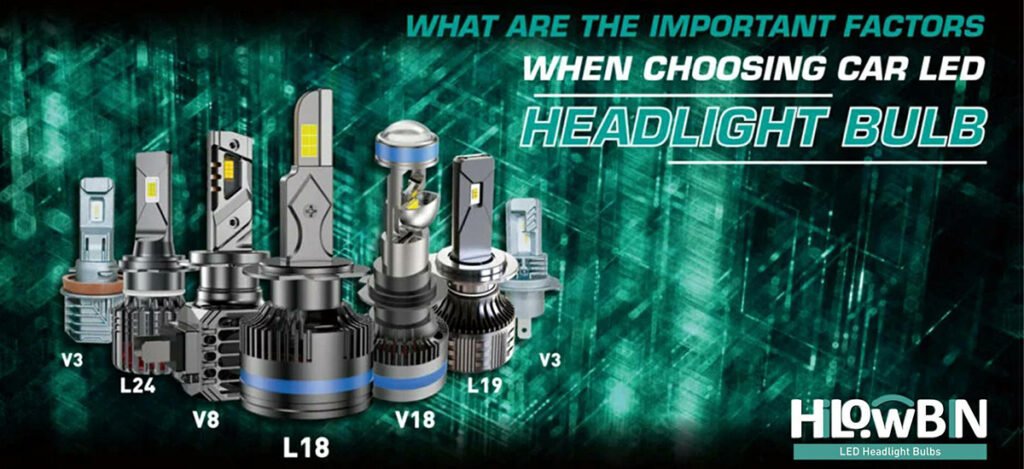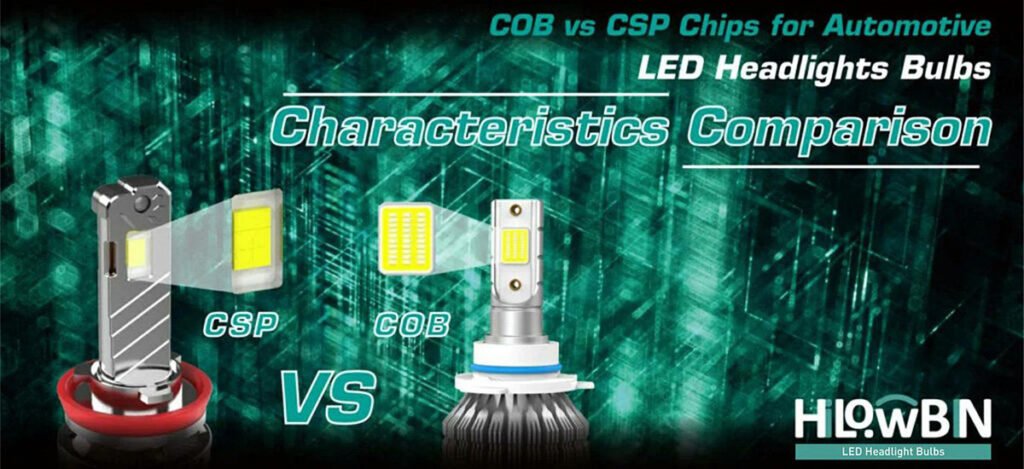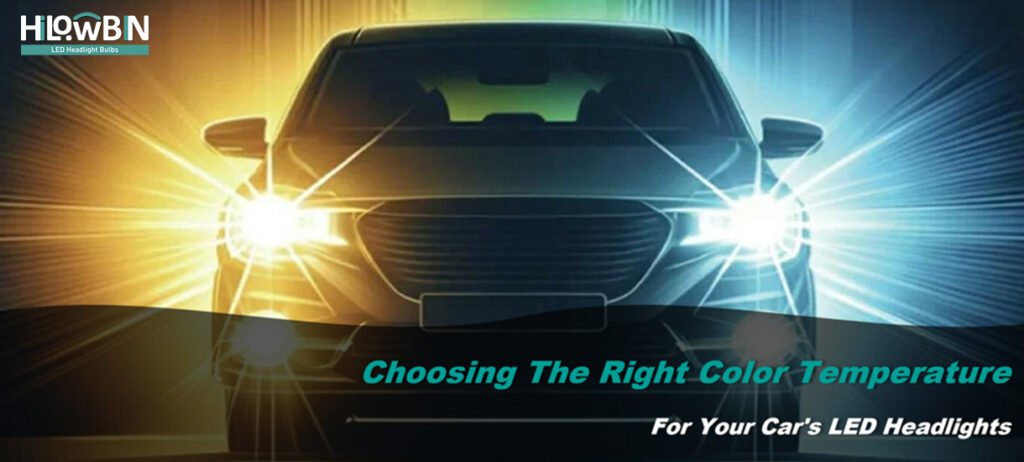Navigating the roads after dark is a whole different ballgame compared to daytime driving. Your car’s headlights are the frontline warriors that make this possible. With advancements in automotive lighting, the debate between LED, HID, and halogen headlights grows more pronounced. Hilowbin Automotive is here to shine a light on the best options for your vehicle and guide you on how to upgrade your headlight bulbs.
Understanding the Spectrum: Halogen, HID, and LED
Before delving into the world of headlight upgrades, it’s important to understand the key players. Halogen headlights have been around for decades, illuminating the majority of cars on the road. They’re known for their warm light and affordability. HID (High-Intensity Discharge) bulbs, often associated with a bright white or blueish light, offer a significant step up in brightness and efficiency. Meanwhile, LED (Light Emitting Diode) technology is the new frontier in automotive lighting, boasting impressive longevity, energy efficiency, and versatility.
Halogen Headlights: The Traditional Choice
Halogen bulbs work on a simple principle: an incandescent light is produced by heating a tungsten filament. The halogen gas inside the bulb helps increase light output and prolong the filament’s life. However, compared to HID and LED options, halogens don’t pack the same punch in terms of brightness and color temperature.
Automotive Halogen Headlight Bulbs:
Advantages:
Affordability: Less expensive to produce and purchase.
Ubiquity: Widely available and used, making replacements easy to find.
Simplicity: Easy to replace and no need for complex retrofitting.
Disadvantages:
Efficiency: Less energy-efficient, converting more energy into heat rather than light.
Brightness: Not as bright as HIDs or LEDs, limiting visibility.
Lifespan: Shorter lifespan means more frequent replacements.
HID Headlights: Brightness That Packs a Punch
HID bulbs produce light by creating an electrical discharge between two electrodes in an atmosphere of xenon gas. They’re more energy-efficient than halogens and provide a whiter, more intense light. However, HIDs can have a longer warm-up time and may require a ballast for operation.
Automotive HID Headlight Bulbs:
Advantages:
Brightness: HIDs are brighter than halogens and provide a wide range of color temperatures.
Visibility: They can improve visibility due to their higher intensity.
Aesthetic Appeal: Often associated with a high-end, premium look.
Disadvantages:
Warm-Up Time: They take a moment to reach full brightness.
Cost and Installation: More expensive than halogens and can be complex to install.
Glare: Can cause more glare to other drivers if not properly aligned.
LED Headlights: The Cutting-Edge Contender
LED technology has taken the automotive world by storm. These bulbs work by passing a current through a semiconductor, which emits photons — light we can see. LEDs require very little power to operate, have a long lifespan, and offer flexibility in terms of design, allowing for unique headlight shapes and styles.
Automotive LED Headlight Bulbs:
Advantages:
Energy Efficiency: LEDs consume significantly less power than halogens or HIDs.
Longevity: They typically last much longer, reducing replacement frequency.
Instant On: Provide immediate full brightness without needing a warm-up time.
Compact Design: Allows for more innovative and flexible headlight designs.
Disadvantages:
Cost: Generally more expensive upfront compared to halogens or HIDs.
Heat Dissipation: Can generate significant heat at the diode, requiring efficient heat management systems.
Compatibility: May require additional components for retrofitting into vehicles not originally equipped with them.
How to Upgrade Your Headlight Bulbs
Upgrading your vehicle’s headlight bulbs is not just a matter of plug-and-play. You’ll need to consider compatibility, legal requirements, and your driving needs.
- Check Compatibility: Before purchasing new bulbs, ensure they’re compatible with your vehicle’s make and model. Hilowbin Automotive’s online catalog can help you find the right fit.
- Legal Considerations: Make sure that your choice of headlight upgrade complies with road safety regulations in your area. Some high-intensity bulbs may not be road-legal everywhere.
- Choose Your Upgrade: Decide whether you’re going for the affordability and ease of halogens, the brightness of HIDs, or the efficiency and longevity of LEDs. Consider factors like typical driving conditions and how often you drive at night.
- Professional Installation vs. DIY: While some headlight upgrades can be a DIY job, others might require professional installation, especially if your upgrade requires new housings or additional components like ballasts for HIDs or heat sinks for LEDs.
- Aim Your Headlights: After upgrading, ensure your headlights are properly aimed to avoid blinding oncoming traffic and to provide the best visibility on the road.
Conclusion
Choosing the right headlight bulb upgrade can transform your driving experience. Whether it’s the traditional warmth of halogen, the bright intensity of HID, or the energy-efficient brilliance of LED, Hilowbin Automotive is your guide to the perfect upgrade. Visit our website or contact us for personalized advice on boosting your vehicle’s nighttime performance.
Remember to integrate your keywords throughout the blog post in a way that reads naturally and adds value to the reader. This will help your post rank higher in search engine results and attract readers looking for guidance on automotive lighting upgrades.






